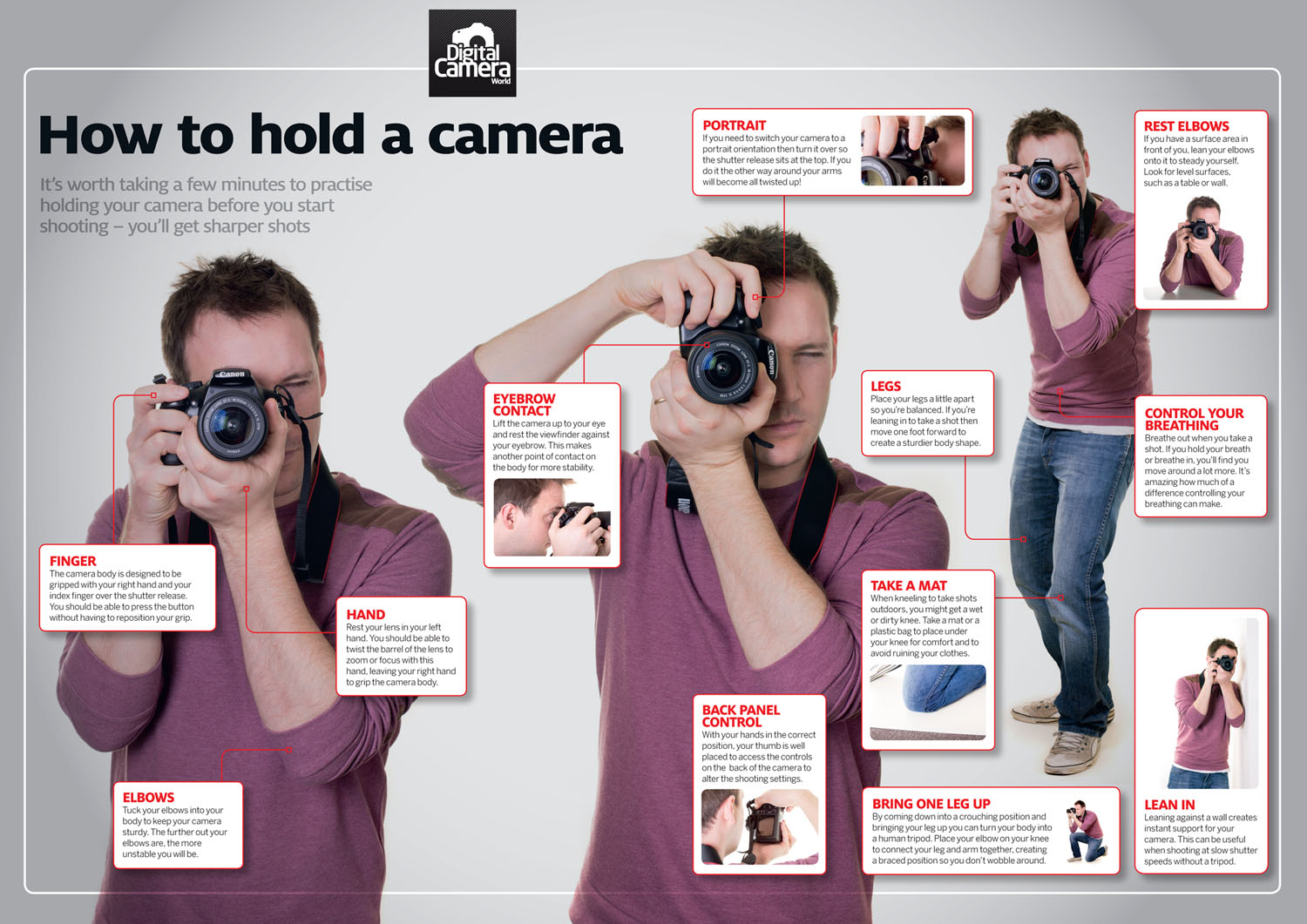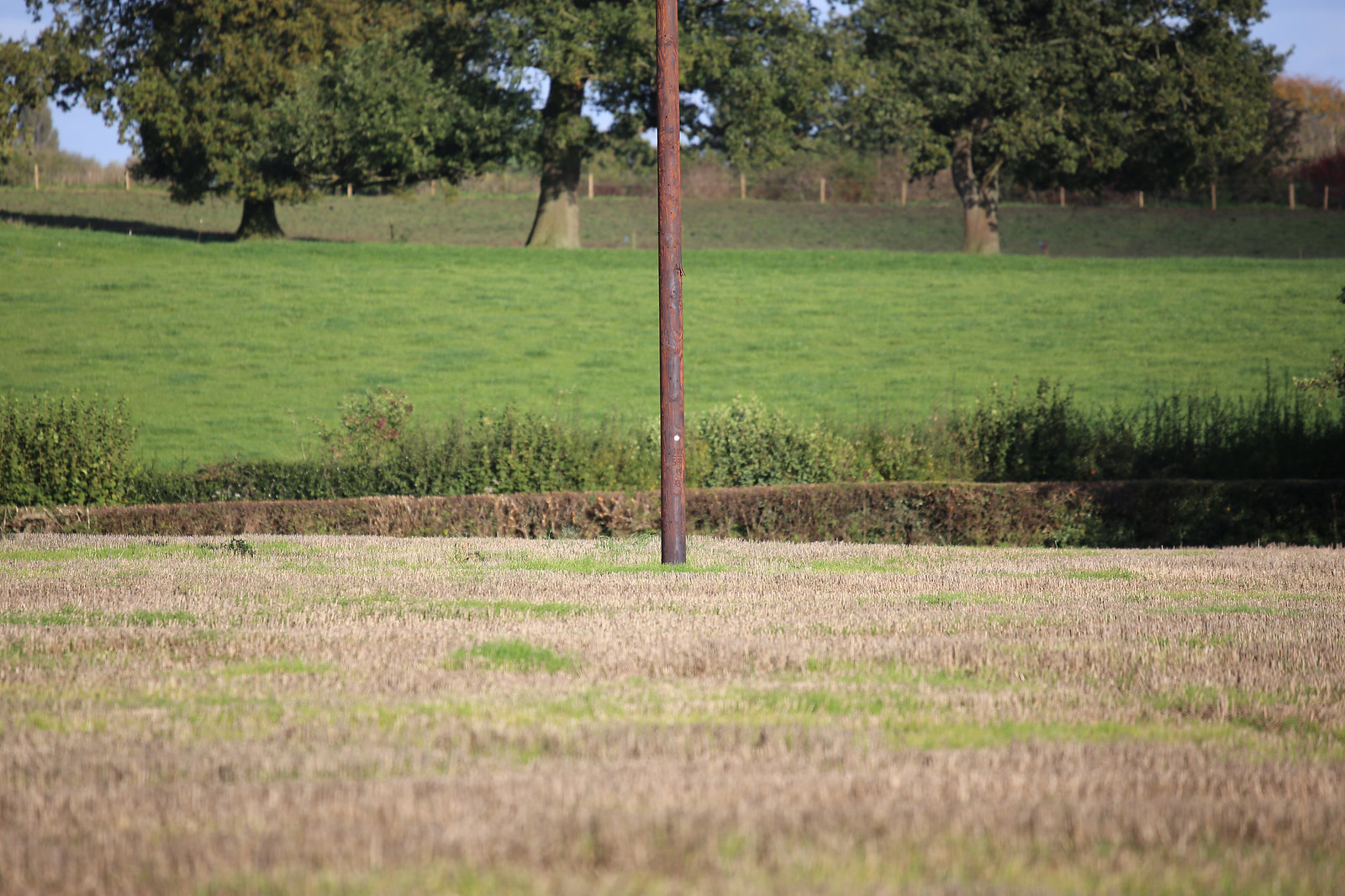- Messages
- 2,249
- Name
- Lee
- Edit My Images
- No
My title suggests I've just started photography. Well kind of, though been at it since July. What I'm trying to do is improve my camera holding to get sharper focus. I think my photos are generally fine and in focus but there's often areas of the photo that aren't sharp and I suspect user error. I was told to keep my arms in to my body and take the shot after an inhale or after an exhale. I do this but I'm wondering, do you hold it so that your arms are really tight against your body and you're gripping the camera tightly to try and steady everything? I've been holding my arms and the camera pretty tight to steady everything as much as possible but I feel this might be creating too much tension and making the camera more shaky.
Recently I've loosened off. I still hold my arms in but, and I could be imagining this, I think some shots have been a bit sharper by staying loose rather than trying too hard to keep it steady. Instead of gripping the underside of the lens tightly I'm just cupping it lightly now. Does that sound about right?
Also, I find with my Canon nifty fifty lens, it's easy to disturb the manual focus ring, so once I've auto focused, if my finger moves the focus ring it'll still blur the shot. So I'm conscious of keeping my fingers and thumb further back under the lens, and often I'm finding it more comfortable to keep my thumb up on the left side of the camera. Does it really matter if all digits are not holding the lens with regards to keep the camera perfectly steady?
And finally, I've experimented with how quickly to take a shot after focusing. I use back button focus. Do you think it's better to take the shot as quick as possible after focusing to prevent any introduction or increase of handshake?
Up till now I've focused and waited maybe 2 or 3 seconds before taking the shot. Recently I've taken shots immediately after focusing. Is that the best way? I've noticed photographers on you tube taking photos very quickly.
Recently I've loosened off. I still hold my arms in but, and I could be imagining this, I think some shots have been a bit sharper by staying loose rather than trying too hard to keep it steady. Instead of gripping the underside of the lens tightly I'm just cupping it lightly now. Does that sound about right?
Also, I find with my Canon nifty fifty lens, it's easy to disturb the manual focus ring, so once I've auto focused, if my finger moves the focus ring it'll still blur the shot. So I'm conscious of keeping my fingers and thumb further back under the lens, and often I'm finding it more comfortable to keep my thumb up on the left side of the camera. Does it really matter if all digits are not holding the lens with regards to keep the camera perfectly steady?
And finally, I've experimented with how quickly to take a shot after focusing. I use back button focus. Do you think it's better to take the shot as quick as possible after focusing to prevent any introduction or increase of handshake?
Up till now I've focused and waited maybe 2 or 3 seconds before taking the shot. Recently I've taken shots immediately after focusing. Is that the best way? I've noticed photographers on you tube taking photos very quickly.
Last edited:


 ) was as you mentioned taking finger off the BBF button and then firing the shutter....if you do that with your Tamron VC lens then the VC will shut down!
) was as you mentioned taking finger off the BBF button and then firing the shutter....if you do that with your Tamron VC lens then the VC will shut down!
 Coffee 1
Coffee 1 Coffee 2
Coffee 2 Watch 1
Watch 1 Watch 2
Watch 2 Vape 1
Vape 1 Vape 2
Vape 2



